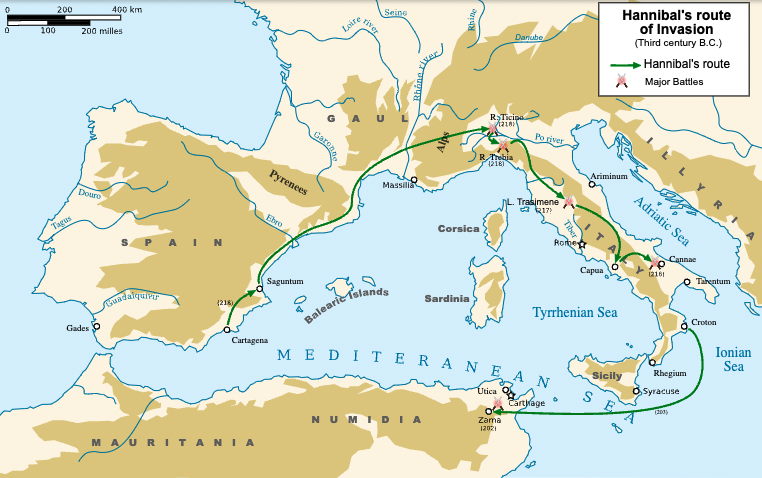5 ways to optimise your Brand Marketing

Brand management and brand communications are typically misunderstood by most businesses. Here are 5 key pointers to consider as you make your brand communication plans.
1. Market Orientation
It’s a common error, and and easy habit to fall into. When we work within a business, we ‘assume’ lots of things. We assume that our customers think like we do; love our brand as we do, adore our products as we do.
This is rarely the case.
While running your own or working for a business, you will never see your price, product, packaging or experience your business’ level of service as a customer does, because you are working within the company.
It is simply impossible to be fully objective.
This is where qualitative and quantitative market research comes to play. It provides the external view by asking focus and survey groups what they think. The resulting data then should inform and/or validate your hypothesis. Avoid this valuable objective research at your peril.
2. Brand Strategy
I have worked with a number of CEOs who are easily triggered at the first mention of strategy. For them the “shoot from the hip” approach has worked, and in some cases enabled them to build and sell several businesses. As they see it: “I’ve not needed strategy this far, so I’m not starting now”.
I’m loath to use battle metaphors in business, but consider this: the origins of the word strategy are from the Greek ‘strategos’ or general. It is only in the 20th century that the word strategy (literally ‘the action of generals’) acquired its wider meaning.

So dial up your inner Hannibal (the classical general who led elephants across the alps) for one second. Generals have been known to spend months developing a strategy for a campaign that lasts a few days, hours or even minutes.
Think of your Brand Strategy in this way. After doing your research, take the time that you need, and that your brand deserves, away from the office – with your best team – to give the strategy great consideration, and then reduce it down to as few words as possible and share it with your employees.
Remember with no strategy, you are inviting chaos and massively increasing the risk of failure. With no strategy, at best your marketing will be considered average and at worst quite forgettable, poorly timed, in the wrong medium and aimed entirely at the wrong demographic.
3. Targeting vs Mass Marketing
Doubtless, the more precise you can be about your customers, the more highly curated your sales mission can be. But with Brand strategy and messaging – one must consider the longer play, alongside the immediate results of precision targeting.
One must consider getting your message to customers, non-customers, and the entire available market. As a rule of thumb, here one should divert 60-70% of ones marketing budget into above the line communications, and 30% into the rest.
4. Positioning:
In a crowded market, there has never been more need for differentiation between brands – so many say the same bland things and jump on the same bland bandwagons. Work out what makes you different, and champion it. Then, as you have heard me say before: you need to consider how your customers (and the public at large) interact with your brand at.every.single.level.
Try and distill what the “take home’ is for your customers when they interact with you – from enquiries to sales – to post-sales care. If you can capture that intention, then you are close to identifying your core brand offer. Ideally this should be beautifully simple to express, and summarised in no more than a few words.
5. Media:
There are a tonne of misconceptions about the power and impact of different media. Increasingly people champion digital media – pay-per-click and social media – and claim that they offer easier ways to measure your return on investment, instant editability and A/B/C/D/E testing.
This may be true but with 77% in a recent survey claiming higher brand recall from a print advert, and 46% of TV viewers suggesting they would be more likely to “take action” after watching a TV advert than seeing a digital one. This is not just food for thought, but an entire all-you-can-eat buffet of challenger thinking.
Depending on the scale of your aspiration for your brand, don’t discount the more traditional media (Print and TV). Ideally, you’ll need a combination of both physical and digital advertising to see your messaging land.
For collaborative support around your brand mission, we should have a chat. Book in for a 15-30 minute meeting to discuss your goals, challenges and hot priorities.
